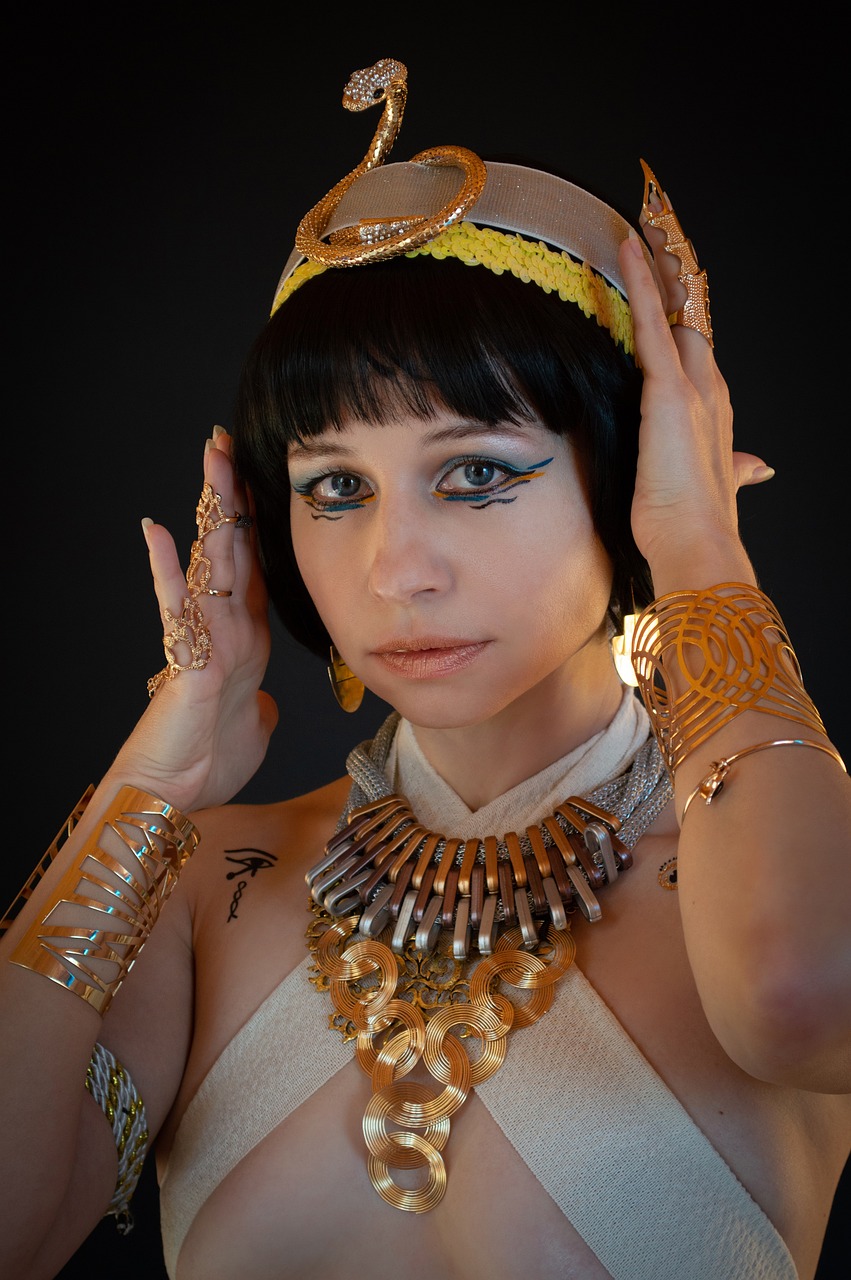Overview of Ancient Egyptian Religion
Ancient Egyptian religion embodies the indigenous beliefs that prevailed in Egypt from its earliest days in the 4th millennium BCE until the drop of traditional practices in the early centuries CE. The correlation of religious beliefs and practices with the societal structure during its historical development—especially from around 3000 BCE—was profound. Though elements of ancient beliefs likely persisted into later eras, the rise of the Egyptian state redefined the religious landscape.
Characteristics of Egyptian Religion
Egyptian religious phenomena were deeply embedded within the fabric of society, blurring the lines between sacred and secular activities. Over more than 3,000 years, shifts in religious focus and practices emerged; nonetheless, the core characteristics, principles, and style remained consistent throughout various periods. Defining religion narrowly as merely the worship of gods and human devoutness overlooks its broader spectrum, which included interactions with the deceased, divination, oracles, and the utilization of magic, all engaging divine elements.
Two pivotal components of public religious life were the Pharaoh and the pantheon of gods. The Pharaoh held a unique intermediary position between mortals and deities, participating in the divine realm and erecting grand funerary monuments influenced by his religious beliefs for the afterlife.
Key Gods and Their Roles
Among the deities, the sun god stood out for his multiple identities and associations with life cycles reflecting the rhythmic patterns of day and night. Additionally, Osiris emerged as a central figure representing the afterlife and ruling over the underworld, with his partner, Isis, gaining prominence particularly during the first millennium BCE when the focus on solar deities began to wane.
The Cosmological Worldview
The Egyptians understood their universe as an interconnected system comprising the gods and the world, centered in Egypt, while flanked by an area of chaos that needed to be kept at bay. The Pharaoh was entrusted with the sacred duty of preserving divine favor and maintaining order in society against disorder. This somber perspective of the universe, tied to the sun god and solar cycles, supported the authority of the king and the elite, affirming their role in upholding societal harmony.
While the monumental depictions of deities and kings exhibited a harmony and reciprocity, they also hinted at the tenuous nature of this order, reinforcing a system where decorum dictated the representation of these figures—regulating how they were portrayed, and in what contexts. Most of these understandings stem from artifacts created by or for the ruling class, while the beliefs and practices of the general populace remain poorly documented. Although it’s unlikely there existed a substantial divide between elite and common beliefs, it’s a possibility that cannot be entirely discounted.



